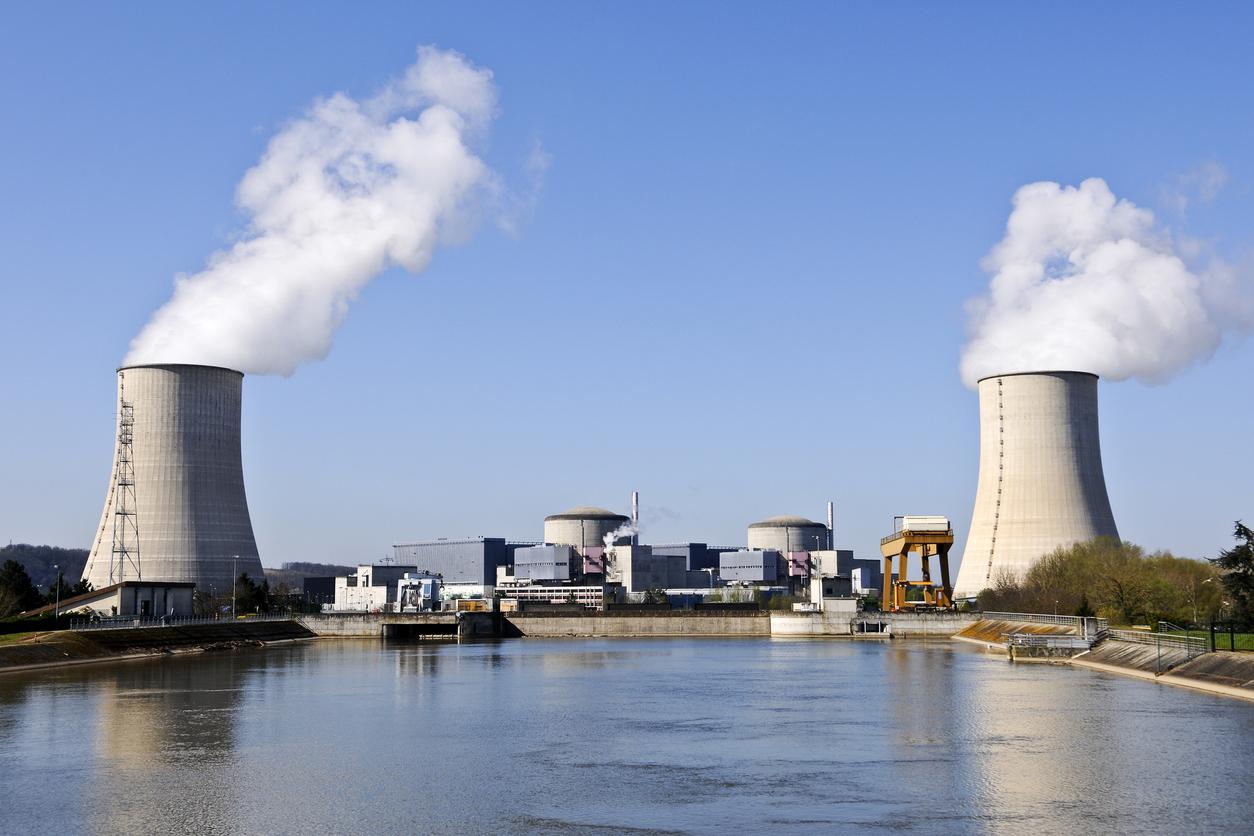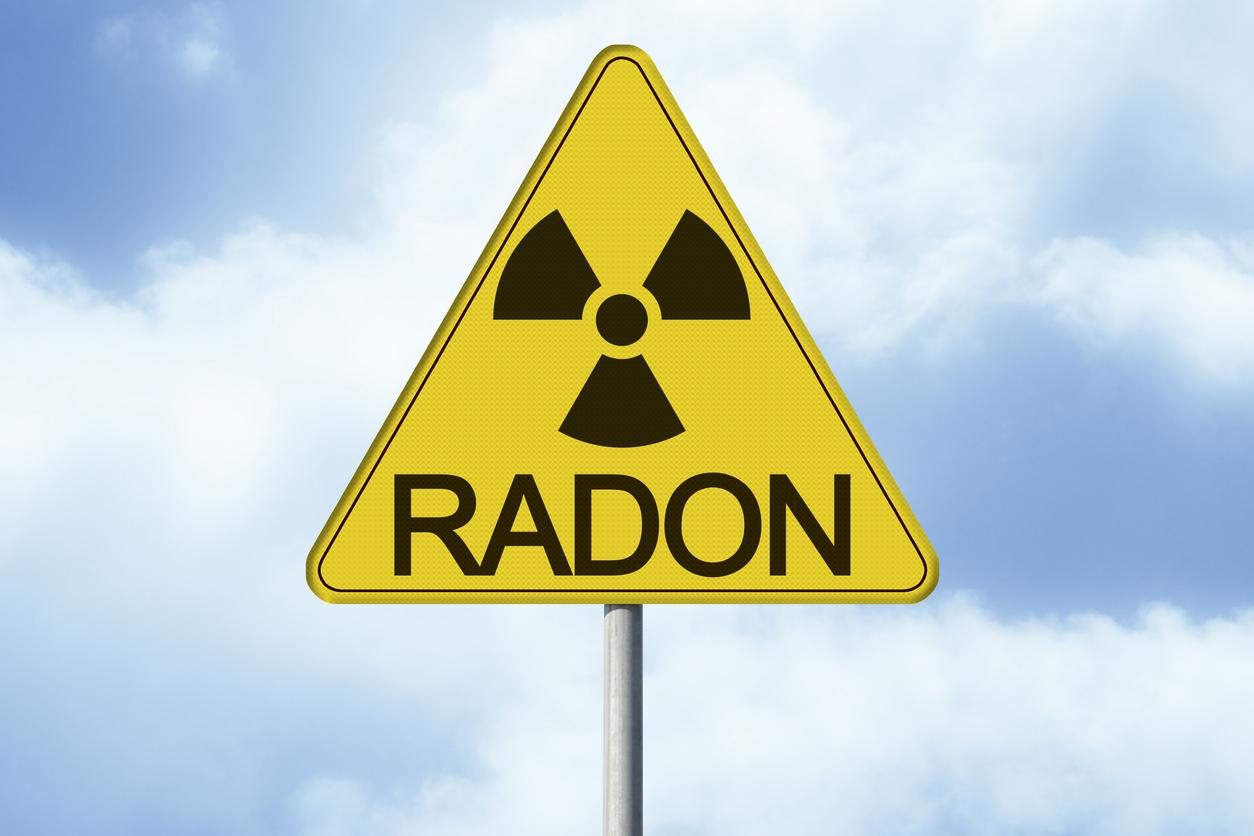THE’asbestos was used extensively in France in the 1950s and 1960s for its insulation and fire resistance qualities. Finally banned in 1997 because of its health risks, this fibrous material is the main cause of a Cancer rare but particularly aggressive: mesothelioma.
Men most affected
Classified in occupational cancers, mesothelioma particularly affects plumbers, boilermakers, welders and construction workers. Usually, cancer develops 30 to 45 years after exposure to asbestos. Men are more affected (80%) because they were, in their professional environment, more exposed than women.
Modeling work based on the evolution of mortality following periods of maximum exposure to asbestos (1950-1975) was carried out at the end of the 1990s by several teams of researchers. The peak of male mortality from mesothelioma was expected around 2020-2030 with an annual number of deaths between 1,000 and 1,500.
Figures revised downwards
But the InVS in partnership with Inserm’s Center for epidemiology on medical causes of death (CépiDc) has just revised these figures. “In view of the current mortality and incidence data produced by Inserm’s CépiDc and the National Mesothelioma Surveillance Program (PNSM), coordinated by theInVS, it seems that the peak of mesothelioma mortality could have already been reached in France in the early 2000s, with 600 to 800 annual deaths in men and 100 to 200 in women. Mortality would thus be decreasing and its rate could stabilize around 2030, at a lower level than what had been predicted by previous work and which would be equivalent to that at the end of the 1970s. “
Although the number of deaths caused by mesothelioma has started to decline, we can expect 18 to 25 thousand deaths by 2050 in France. Only continued surveillance and observation of the evolution of the incidence of this disease will make it possible to validate the models produced in this report and to update them.


















